Transcription of NATIONAL ENVIRONMENT MANAGEMENT COUNCIL
1 NATIONAL ENVIRONMENT MANAGEMENT COUNCILDEPARTMENT OF INFORMATION SYSTEMS MANAGEMENTENVIRONMENT STATISTICS WORKSHOP HELD IN ADDISABABA, ETHIOPIAFROM 16-20 JULY 2007 SITUATION, CHALLENGES AND PLANS FORENVIRONMENTSTATISTICSIN TANZANIABy:Angela EmmanuelMalisa1 SITUATION, CHALLENGES AND PLANS FORENVIRONMENTSTATISTICSIN TANZANIABy:Angela Emmanuel MalisaDepartment of Information Systems ManagementNational ENVIRONMENT MANAGEMENT CouncilIntroductionEnvironment conservation and MANAGEMENT taskinTanzaniaas it is in many othercountries rely ontimely dataprovidesinformationwhich is correctandit can supportplanners and decision makers in issuesrelated to paper is focused on providing information on the efforts done so far inTanzania,toensureenvironmentstatistics dataaregathered apart from being complex asthey involvesdiverse variables from:biodiversity, land, soil, atmosphere, water and human theestablishmentofaDepartmentthat deals withEnvironmentStatisticsat the NATIONAL Bureau of Statisticsand the importance of collectingenvironment dataareprovided.
2 You willunderstand that a database titled SocialEconomic Database (TSED) was establishedunderthe NATIONAL Bureau of main objective of TSED is to collect social economic data in which ENVIRONMENT isone of which forced NationalBureau of Statistics tostart asocio-economic databasetostore data related tosocial, economic and ENVIRONMENT indicators. Alsomeasurementunits, the role of stakeholders, data sources,andconstraints encountered of EnvironmentalDataCollection inTanzaniaTheidea aboutEnvironmentdata gatheringin Tanzania started early Statistics of Sweden assisted NATIONAL Bureau of Statistics (NBS) to produce thefirst publicationtitled EnvironmentalStatistics in TanzaniaMainland . However, thepamphlet had few environmental indicators but indeed, it was an important source ofenvironmental information which was well organized to assist decision makers.
3 Apartfrom its importance, the publication was static because NATIONAL Bureau ofStatisticslacked formal Section responsiblefordata collection, compilation,updating anddisseminationto the general public. This problem forced NationalBureau of Statisticstoestablish a department responsible for environmentalstatistics Policy (NEP)People s awareness on environmental issuesin Tanzaniacontinued to grow when theNationalEnvironmental Policy (NEP) wasdrafted in 1996 and completed stipulated weaknesses in the legal and institutional framework for environmentalmanagement and problems facing the environmental problemsinTanzaniawhich are:land degradation, lackof accessible good quality water for urban and ruralinhabitants and environmental pollution.
4 Other problems are loss of wildlife habitats andbiodiversity, deterioration of aquatic systems and deforestation. Sources of deteriorationof state of the NATIONAL ENVIRONMENT include inadequate land and water MANAGEMENT atvarious levels, inadequate financial and human resources and inadequate terms ofinternational trade, the particular vulnerable nature of some environments and the rapidgrowth of urban and rural contributing to environmentaldeteriorationareinadequate monitoring and information,lack of information systems andinadequate capacity to implement factorscontinued to createpressure on natural resources because the country had inadequatecapacity ofimplementing programmes,inadequate involvement of major (local3communities, non-governmental organization andthe private sector)
5 To solveenvironmental problems. Also there wasinadequate integration of conservation measuresin the planning and development of out the need for data collection for monitoringand evaluationforthe effectiveness of the policies to be used during the theother hand, theOffice of the Vice President(DivisionofEnvironment)and NationalEnvironmentManagementCouncil (NEMC)were given the mandate of data collectionon ENVIRONMENT Current Policy framework of ENVIRONMENT in TanzaniaAt the moment the Government of Tanzania is focusingonaddressing the MillenniumDevelopment goals (MDGs) and its development vision (Vision2025) to reduce on this vision Tanzania developed and implemented apovertyreduction strategy(PRS) from 2001/2002 to 2004/2005. It also continues on to prepare and complete a five-year NATIONAL Strategy of Growth and Reduction of Poverty (NSGRP), which in Kiswahililanguage is known as (MKUKUTA).
6 This started in July objective ofMKUKUTA isto ensurethe growth and reduction of poverty inorder tohave sustainable reasonable growth. Based on MKUKUTA it is expected thatthe following will occur:reduced negative impacts on ENVIRONMENT and people livelihood, reduced land degradation and less loss of biodiversity, and provision ofreliable and affordable energy order to achieve the above challenges the importance of environmentalstatistics datacollection continued to rise. TheNational Bureau of Statistics being one of theinstitutionsresponsible for theproduction ofstatisticaldata in Tanzania, continued to putemphasise onthecollection ofdata from varioussourcesto feed into the PovertyMonitoring the moment,it is serving as both chair and secretariat for theCensus and Surveys Technical Working group(C&STWG)and the Poverty Monitoring4 Systems(PMS).
7 The RolePlayed byBureau of Statistics in EnvironmentStatistics DataCollectionThe NATIONAL Bureau of Statisticsperforms its activities based onthe Statistics Act main objectives involvecollection, compilation, analysis and publication ofstatistics information on economic, social and cultural activities. It alsoconductscensusin Tanzaniaanddisseminate the information to the data collected at Bureau of Statistics is kept in one database called Tanzania SocialEconomic Database (TSED). Thedatabase is complex because itinvolvesdataoneconomic, social, cultural and to this point,NationalBureau of Statisticsdecided toinvolve various ,Sectors andNGOs in data achieve this goalNational Bureau of Statisticsorganisedvariousworkshops totrainkey stakeholderson how tocollectaccuratesocial 2000, NATIONAL Bureau of Statisticsin collaboration with 17 Ministries andGovernment Institutionsandsupported by UNDP, UNICEF and DFID established theTanzania SocialEconomic phase II whichstarted in2003, a number of otherMinistriesjoined theTSED activities.
8 The mainobjectiveof TSED is to allow an overall,up-to-dateonthe socio-economic situation in Tanzania and to facilitate use of data foranalysis by policy makers and other users. TSED gathersquantitative data coming out ofthe Poverty Monitoring System, established in the context of the Poverty ReductionStrategy Paper (PRSP). Thedatabase was created asan important tool for NationalBureau of Statistics to assert itself as the key institution forsocio-economicdatacollection, MANAGEMENT and of informationwhich wasused in the first publication on ENVIRONMENT statisticsin Tanzania in2005 fromNational Bureau of triedto update the firstonepublishedby the Statistics of Sweden . Thepublication hasinformation on agriculture, forestry, Fisheries and Wildlife, Energy,Landuseand areEnvironmentalQuality,EnvironmentalPro tection and5 environmental Health and ofNEMC totheTanzania Social Economic DatabaseThe NATIONAL ENVIRONMENT MANAGEMENT COUNCIL (NEMC)was establishedin 1983 whenthe Government of Tanzaniaenactedthe NATIONAL ENVIRONMENT MANAGEMENT Act No.
9 19of 1983. NEMC was establishedbecause there was high demand of a NATIONAL institutiontosuperviseenvironmental MANAGEMENT issues. Alsotoimplement the resolutions oftheStockholmConference (1972)whichrequestedall nations to establish and strengthennational environmental Councilsresponsible for advisinggovernments and theinternational community on efforts tostrengthenNEMC came into being whentheenactment of environmental MANAGEMENT Act No. 20 of 2004(EMA, 2004) by Parliament in October 2004,repealedthe NATIONAL EnvironmentalManagement of 1983to re-established MANAGEMENT ActNo. 20 of2004 provides for a legal and institutionalframework for sustainable MANAGEMENT of the ENVIRONMENT : Prevention and controlpollution, waste MANAGEMENT , environmental quality standards, public participation, environmental compliance and addition, it gives NEMC mandates toundertake enforcement,compliance,monitoring andreview of environmental impactsassessments, research, facilitate public participation in environmental decision-making,raise environmental awareness,collect and disseminate environmental its responsibility.
10 NEMC isone of theNational Bureau of for providingPollution and Preventiondatato the Tanzania Social Economic DatabaseThe NationalBureau ofStatisticsand stakeholders continuesto collect Environmentstatistics data isnotaccepted by the NATIONAL Bureau of Statisticsforinput into data isstored and made accessible to the general publicthrough theNational Bureau of StatisticsWebsite. The database is compiled by number6of stakeholders. In addition there are othersupporters , UNICEF, UNFPA, andDepartment for International Development (DFID)and Research on Poverty Alleviation(REPOA).The Tanzania Social Economic Database is done in collaboration withZanzibar Ministries and Departmentssince its ofTSED startedgradually but itcontinues to growdepending on thedemand.
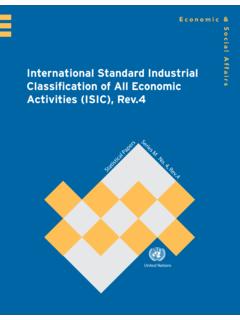
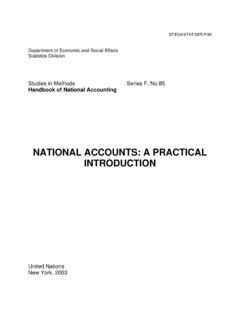
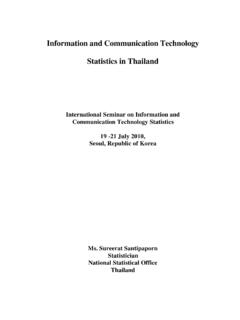
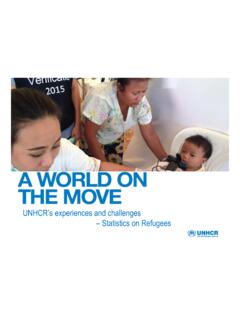
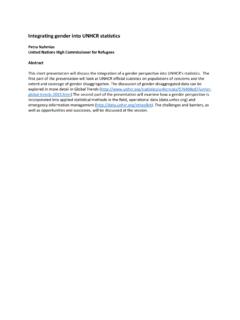
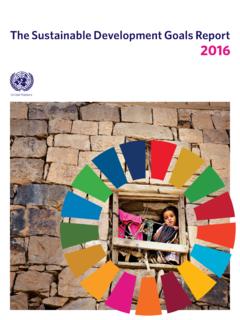
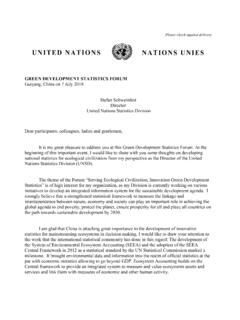
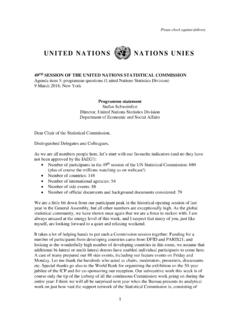
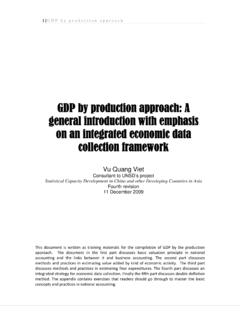
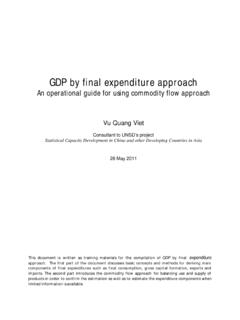
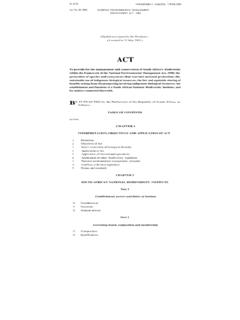


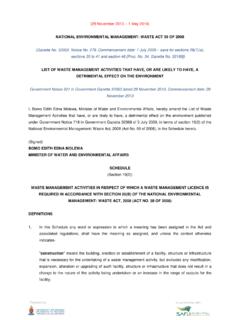


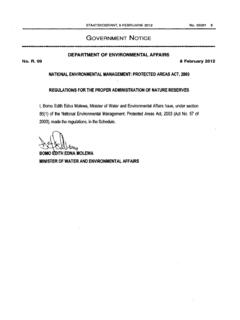


![National Environmental Management Act [No. 107 of 1998]](/cache/preview/3/8/3/c/e/f/0/e/thumb-383cef0e6349dc46a88a24f7331b59ae.jpg)